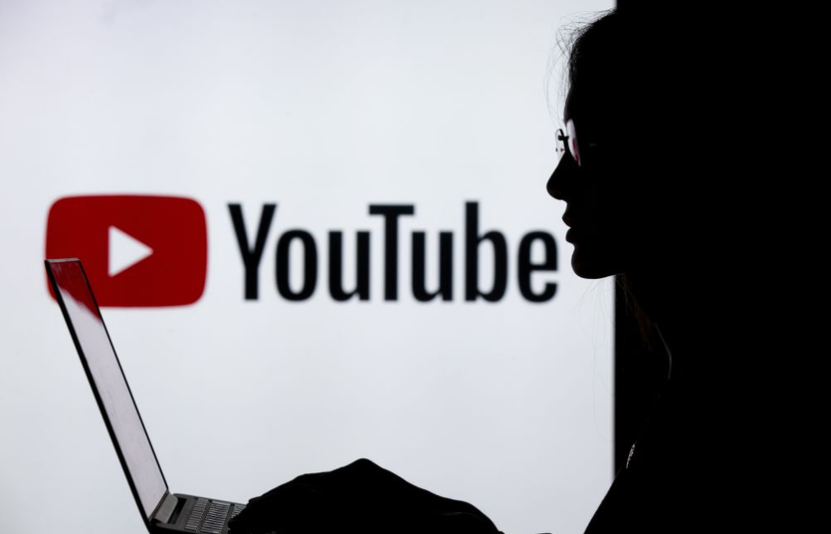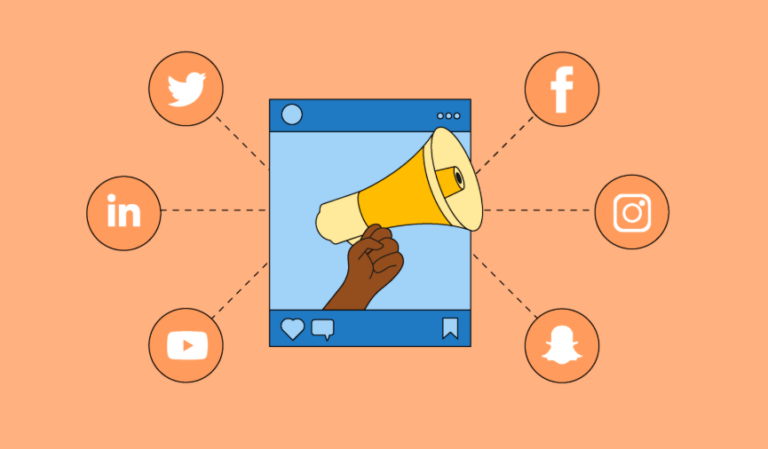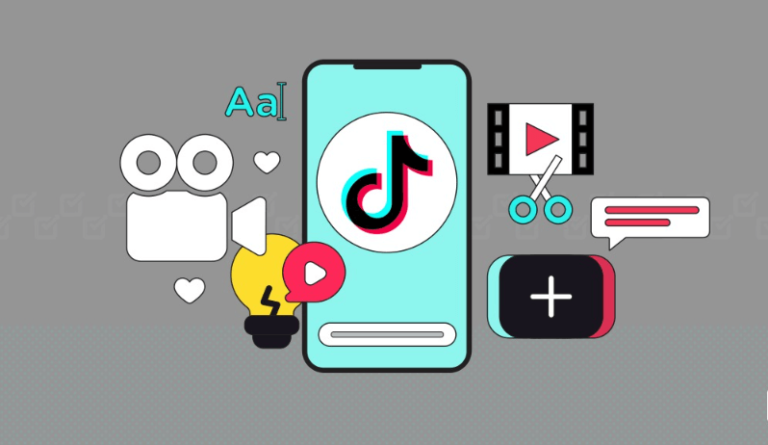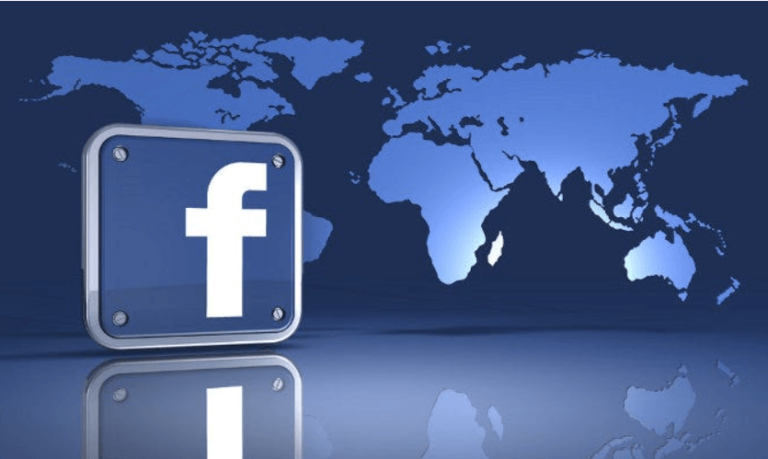YouTube’s Reign: How the Platform Became a Hub for Creators and Brands
YouTube has undoubtedly transformed the way we consume content, engage with creators, and even promote brands. From its humble beginnings as a video-sharing site to becoming the ultimate hub for influencers, content creators, and global brands, YouTube has etched its mark on both entertainment and marketing industries. In this article, we will explore how YouTube became a powerful platform for creators and businesses alike.
The Birth of YouTube: A Platform for Everyone
YouTube was founded in February 2005 by three former PayPal employees—Chad Hurley, Steve Chen, and Jawed Karim. Its original purpose was simple: create a platform where anyone could upload and share videos. Back then, it was just another website among many on the internet. Little did anyone know, it would soon evolve into one of the largest video-sharing platforms in the world.
The Growth Explosion
YouTube quickly gained traction, driven by the ability to share videos easily. Its first major success came in 2006 when Google acquired the platform for $1.65 billion. This acquisition was a pivotal moment in YouTube’s history, allowing it to expand rapidly and develop into the multimedia giant it is today.
A Creative Space for Content Creators
YouTube’s major appeal lies in the democratization of content creation. No longer do creators need traditional gatekeepers like television executives or film producers. Instead, anyone with a camera and an internet connection can upload their content, find their audience, and build a brand.
The Rise of the YouTuber
The early days of YouTube saw the rise of a new breed of celebrities: the YouTubers. These influencers didn’t come from the world of TV or movies; they made their mark purely through their unique content, relatable personalities, and connection with viewers. YouTubers like PewDiePie, Shane Dawson, and Zoella became household names, earning millions of subscribers and revenue from ads, sponsorships, and merchandise.
YouTube as a Creative Outlet
For creators, YouTube offers an unprecedented platform to express creativity without restrictions. Whether it’s vlogs, gaming streams, music videos, or beauty tutorials, creators have the freedom to explore and experiment with their passions, making the platform a true reflection of global creativity.
The Business Side: How Brands Use YouTube
While YouTube is well-known for being a creative space for individuals, it has also become a cornerstone of brand marketing strategies. Brands have realized the power of YouTube as a promotional tool, and as a result, YouTube has evolved into a vital part of digital marketing campaigns.
Targeted Advertising and Monetization
For businesses, YouTube offers a massive and highly targeted advertising platform. The “TrueView” ads, which allow viewers to skip ads after five seconds, became a game-changer for advertisers. This feature allows businesses to pay only for ads that users engage with, making it a more cost-effective way to promote products. Brands can now reach millions of users globally through video ads, leveraging the platform’s sophisticated targeting capabilities to reach the right audience based on demographics, interests, and search behavior.
Influencer Marketing on YouTube
Influencer marketing has become a central aspect of brand promotion on YouTube. Brands partner with popular YouTubers to promote their products or services in a way that feels authentic to their audience. This form of marketing has proven highly effective because influencers have built loyal followings, and their endorsement often carries more weight than traditional advertisements.
Brand Channels and Sponsored Content
Many brands have created their own YouTube channels, producing content that aligns with their values and goals. Some brands use YouTube for product launches, behind-the-scenes videos, tutorials, or customer stories, while others focus on sponsored content to reach wider audiences. The integration of brands into YouTube’s content ecosystem allows for seamless promotional tactics without overwhelming users with aggressive advertisements.
How YouTube Has Evolved for Creators
As the platform has grown, YouTube has continued to add features designed to support its growing community of creators. From monetization opportunities to community-building tools, YouTube is a versatile platform for both new and established content creators.
Monetization Tools for Creators
YouTube has introduced various ways for creators to earn revenue beyond just ads. The YouTube Partner Program allows creators to monetize their content through ads, channel memberships, and Super Chat (for live streams). The introduction of YouTube Premium also provides an ad-free experience for subscribers, and creators earn a share of the revenue generated.
Creator Studio: Managing Content Like a Pro
YouTube’s Creator Studio has become a crucial tool for content management. Creators use it to upload videos, track performance metrics, and engage with their audience. The platform has made it easier to manage the day-to-day of running a channel, including analyzing analytics and optimizing video titles, descriptions, and thumbnails for better engagement.
YouTube’s Algorithm: The Key to Discoverability
One of YouTube’s most talked-about features is its algorithm. This algorithm determines which videos are recommended to users and plays a significant role in content discovery. It takes into account factors like watch time, engagement rate, and user interaction to personalize the content experience for each viewer. Creators often focus on these elements to ensure their content gets seen by as many people as possible.
YouTube as a Hub for Communities
Unlike other social media platforms, YouTube fosters unique communities based on shared interests and content types. For example, channels dedicated to fitness, cooking, gaming, beauty, or education often attract like-minded individuals who form close-knit communities around their favorite creators.
The Power of Engagement
Creators can engage with their viewers through comments, live streams, and even YouTube’s “Community” tab, which allows creators to post text updates, polls, and images. This level of interaction builds a sense of community, where creators and their audiences feel more like friends than just viewers and entertainers.
Live Streaming and Interaction
YouTube’s live-streaming feature has also contributed to its dominance as a hub for creators. With live chats and real-time interaction, creators can engage with their audience instantly, fostering deeper connections and expanding their reach.
The Future of YouTube: Trends to Watch
As YouTube continues to dominate, new trends are emerging that could shape its future. Virtual reality, live commerce, and enhanced creator tools are on the horizon. As a hub for both creators and brands, YouTube is likely to evolve in ways that further solidify its position as the premier platform for digital content.
Virtual Reality and 360-Degree Content
With the development of VR technology, YouTube is increasingly supporting immersive 360-degree videos. Creators are beginning to experiment with VR content, offering viewers an entirely new way to experience videos. This trend could revolutionize how brands and creators interact with their audiences, offering an interactive and engaging experience.
Enhanced Content Creation Tools
To maintain its position as the top platform for creators, YouTube will continue to innovate. Future tools might include advanced video editing features, even more personalized content recommendations, and better monetization options for creators.
Conclusion
YouTube’s reign as the dominant platform for creators and brands is far from over. Over the years, it has become a space where creativity, business, and community meet. Its growth has not only transformed the way we create and consume content but has also changed the way brands engage with their audiences. As YouTube continues to evolve, one thing remains clear: it is, and will likely continue to be, the ultimate hub for creators and brands alike.
FAQs
- How did YouTube become so popular?
YouTube became popular due to its easy-to-use platform, the ability for anyone to upload content, and the acquisition by Google, which provided the infrastructure and marketing to scale globally. - Can I make money on YouTube?
Yes, creators can monetize their content through ads, channel memberships, Super Chat, and YouTube Premium revenue sharing. Many creators also earn income through sponsored content and brand partnerships. - What makes YouTube different from other social media platforms?
YouTube’s key differentiator is its focus on long-form video content, which allows creators to build in-depth relationships with their audience. The platform also offers substantial monetization opportunities and tools for community building. - How can brands succeed on YouTube?
Brands can succeed on YouTube by creating engaging content that resonates with their target audience, collaborating with influencers, and utilizing YouTube’s ad targeting features to maximize reach. - What’s the best way to grow a YouTube channel?
The best way to grow a YouTube channel is by consistently uploading high-quality content, engaging with viewers, optimizing your videos for search, and promoting your channel across other platforms. - What is the future of YouTube?
The future of YouTube likely includes innovations like virtual reality, live commerce, and more advanced monetization options, all of which will continue to enhance its role as a hub for creators and brands.




